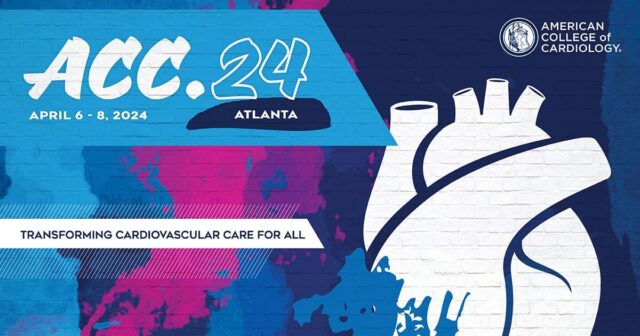The international guidelines recommend the use of dual antiplatelet therapy (DAPT) with aspirin plus a P2Y12 inhibitor during 12 months in patients receiving percutaneous coronary intervention (PCI) for acute coronary syndrome (ACS), to prevent events such as MI and stent thrombosis.

This was a multicenter, placebo controlled, double blind study to determine whether ticagrelor alone, started 30 days after PCI, might reduce relevant bleeding without increasing major adverse cardiovascular events (MACCE) vs. ticagrelor + aspirin.
It included patients with ACS 30 days prior randomization, with biomarkers for STEMI and NSTEMI or negative biomarkers (unusable angina) with >90% stenosis or plaque rupture or thrombotic lesion, treated with DES and one month DAPT (ticagrelor 90mg and aspirin 100mg). It excluded patients with stroke within 90 days prior procedure, prior CABG, chronic anticoagulation, GFR <20ml/min/1.73m2.
Efficacy primary outcome was clinically relevant bleeding (BARC 2, 3 or 5) and safety end point was the composite of MACCE (cardiac death, AMI, ischemic stroke, stent thrombosis or ischemia driven revascularization).
Read also: ACC 2024 | RELIEVE-HF.
The study included 3400 patients randomized 1:1, stratified according to ACS, presence of diabetes, use of intravascular imaging (IVUS) vs. angiography and lesion site, followed up to 1 year. Mean age was 62, 74.4% were men, and most were Asian (86.8% Chinese). As regards the clinical presentation, 39.3% presented unstable angina, 32.1% NSTEMI and 28.7% STEMI.
As regards the procedure, the transradial approach was used in 96.8% of cases, guided by IVUS in 50.2%. There was low use of aspiration devices (1.4%) and atherectomy (0.2%), and the most commonly used stents were Firehawk (51.4%), followed by Resolute (42.2%).
As regards outcomes, there was significant and substantial reduction of clinically relevant bleeding with ticagrelor monotherapy (HR 0.45, CI 95% 0.30-0.66; p<0.0001). In terms of safety, there were no significant differences in MACCE between the strategies and statistical significance was achieved for non-inferiority (HR 0.98, CI 95% 0.69-1.39; P for non-inferiority <0.0001).
Read also: Lithotripsy in the “Real World”: REPLICA EPIC-18 Study.
In conclusion, in patients with SCA treated with PCI with DES free from major adverse cardiovascular events after one month DAPT, ticagrelor monotherapy significantly reduced clinically relevant bleeding without compromising protection against MACCE vs. DAPT with ticagrelor and aspirin.

Dr. Omar Tupayachi.
Member of the Editorial Board of SOLACI.org.
Original Title: Monoterapia de un mes con ticagrelor post PCI en síndromes coronarios agudos.
Reference: Presentado por Dr. Gregg Stone en ACC.24 Late-Breaking Clinical Trials, 6-8 de abril, Atlanta.
Subscribe to our weekly newsletter
Get the latest scientific articles on interventional cardiology





